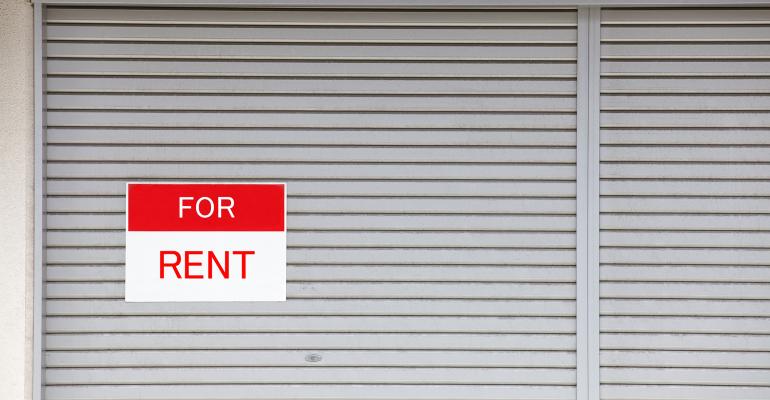Although the pandemic caused tenants in other real estate sectors to hit the brakes on new leasing, that was not the case in industrial. The industrial market saw a robust year of leasing activity in 2020 that has carried over into 2021. According to Cushman & Wakefield, net absorption for 2020 reached 268.4 million sq. ft., surpassing the 240.9 million sq. ft. reported at year-end 2019 by 11.4 percent. Demand roared into first quarter with 82.3 million sq. ft. of net absorption—a record high for a first quarter. Cushman & Wakefield also reported a healthy national average vacancy rate at 4.9 percent and annual rent growth of 7.8 percent.
Survey respondents remain confident on more rent growth ahead. Nearly three-fourths of respondents (74 percent) expect rents to rise in their region in the next 12 months. Although a clear majority, sentiment has pulled back slightly compared to previous surveys. Expectations for rising rents have hovered around 80 percent for the past six years.
“The industrial market has some good strong legs on it, and all of this is being driven by e-commerce,” adds Craig Meyer, president, industrial, Americas, JLL. “There was peak demand in an unusual year, but we were on a growth path irrespective of COVID,” he says. Early in 2020 prior to the pandemic, JLL had forecast that there would be a need for 1 billion sq. ft. of additional industrial space over the next five years, solely attributable to demand drivers from e-commerce. In particular, there continues to be strong demand for warehouse and distribution space, both in large scale fulfillment and also for infill and last-mile facilities that are closer to the end consumer, he says.
Respondents are also predicting higher occupancies ahead in the coming year. Nearly two-thirds (65 percent) predict an increase in occupancies in their regions compared to 49 percent who held that view a year ago.


